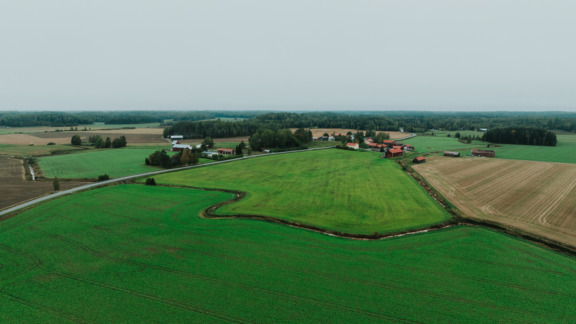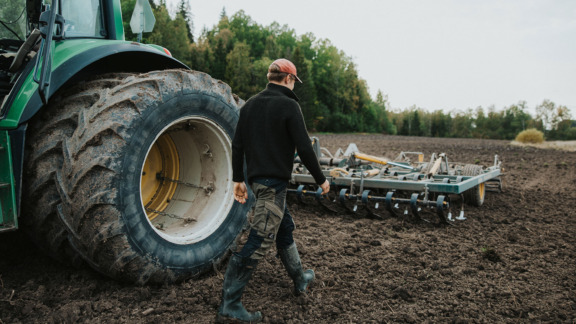Regenerative farming criteria published by BSAG
The criteria for regenerative farming help actors in the food chain monitor the development of farming practices that improve soil health and sequester carbon.

The criteria for regenerative farming answer the needs of the food chain companies and farmers on the Carbon Action -platform. These actors have stressed the need for a coordinated approach to developing practices and a common level of ambition. Until now, regenerative agriculture has lacked a clear development pathway and milestones to show progress.
Criteria and a learning pathway
The criteria for regenerative farming have been developed in collaboration with companies, researchers, and farmers on the Carbon Action platform. There are eight criteria, and they are based on the farmer’s continuous learning and the basic principles of regenerative agriculture. The criteria cover farm skill development, soil health, biodiversity, crop rotation, crop cover, soil tillage, and fertiliser and pesticide use.
A farmer’s learning pathway passes through three stages: engaged, active, and advanced.
Committed farmers build their knowledge by, for example, attending the E-college for Regenerative Farming and developing a plan to implement regenerative farming practices.
Active farmers meet the general criteria for regenerative agriculture on at least part of their parcels and they monitor the achievement of the goals they’ve set in the regenerative farming plan.
Advanced farmers meet the general criteria for regenerative agriculture throughout their farm, actively monitor the impact of their measures on soil health, and act as a driving force in their community by encouraging others, sharing information, and promoting regenerative agriculture within their network.
An example of applying the criteria
In addition to the general criteria, we have provided a more detailed example of how the criteria are applied to cereal farming. The criteria should always be specified according to the type of production and geographical area. We support businesses in setting their own criteria for regenerative farming.
There is no certification for regenerative agriculture.



